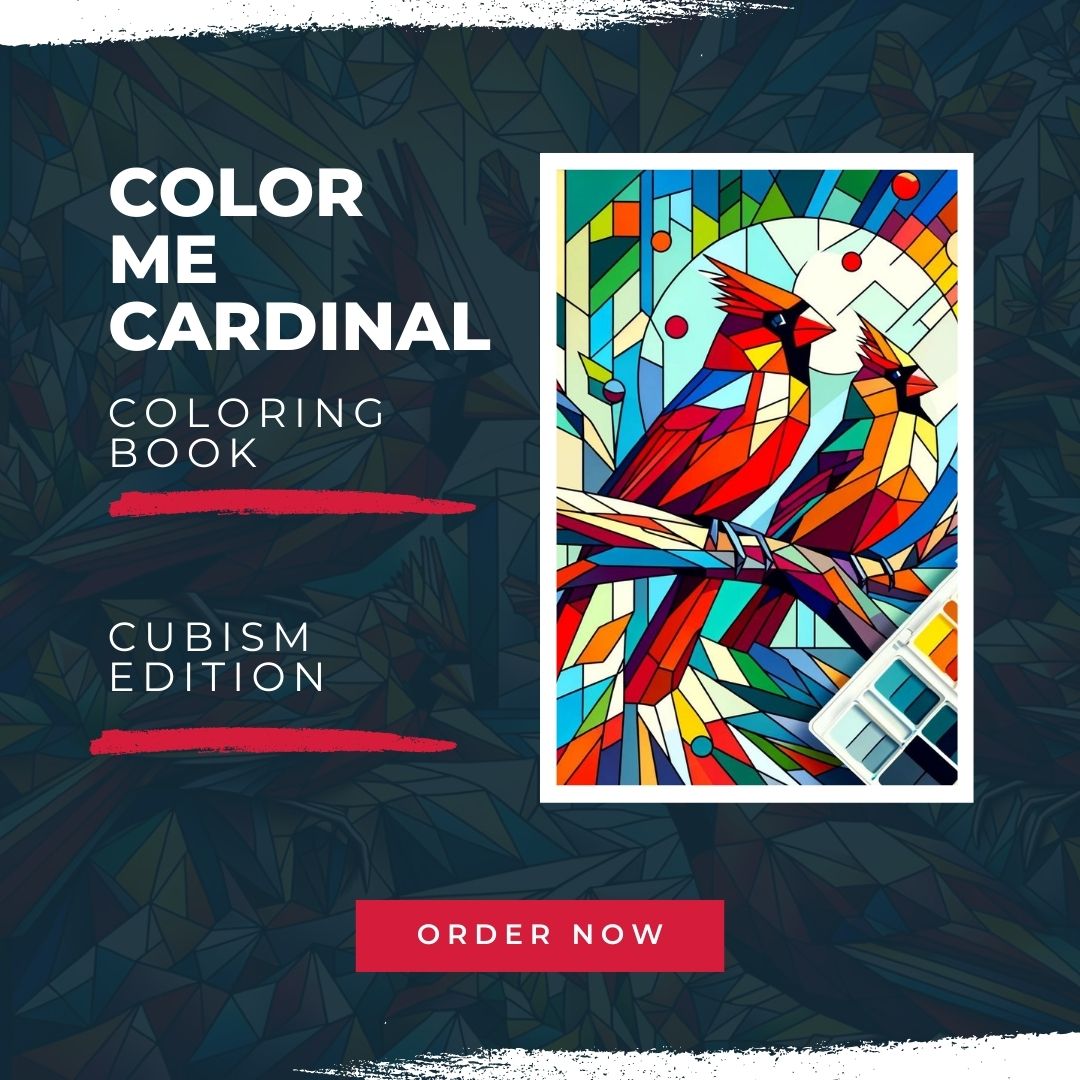A Beginner’s Guide to Paintbrushes: Types, Uses, and Materials
Painting is a versatile and creative way to transform any space. Whether you’re touching up a room, repurposing furniture, or working on a larger project, choosing the right paintbrush can make a significant difference in achieving a professional finish. In this guide, we’ll break down the different types of paintbrushes, their best uses, and the materials they’re made from to help you make informed decisions for your next DIY project.
Types of Paintbrushes
1. Flat Brushes
Shape:
Flat brushes have straight, wide bristles that are typically aligned evenly across the brush head. The width can vary from small (around 1 inch) for finer work to larger sizes (up to 4 inches) for broad coverage.
Best For:
- Covering large surfaces quickly and efficiently.
- Creating smooth, even strokes with minimal visible brush marks.
- Achieving clean, straight edges, particularly when “cutting in” around walls or trim.
Uses:
Flat brushes are versatile and ideal for:
- Painting walls and ceilings, especially when you need to cut in along edges or corners.
- Applying primer or base coats on large furniture pieces, such as dressers or tables.
- Creating broad, uniform strokes on canvases for art projects or decorative finishes.
Tips for Use:
- Load the brush evenly with paint to avoid drips and uneven coverage.
- Use long, consistent strokes for a professional finish, especially on walls.
- For cutting in, hold the brush at an angle and use light pressure to achieve clean, straight lines.
Recommended Product:
2. Angle Brushes
Shape:
Angle brushes have bristles cut at a sharp angle, forming a slanted edge. This design allows for greater control and precision when working in tight spaces or along edges.
Best For:
- Cutting in around walls, ceilings, and trim for clean, straight lines.
- Painting edges and corners with sharp precision.
- Creating smooth transitions between painted areas, particularly where two colors meet.
Uses:
Angle brushes are ideal for:
- Trim work: Perfect for painting baseboards, window frames, and door casings.
- Corners and edges: Helps avoid paint bleed and keeps lines neat.
- Detailed projects: Great for intricate designs or small-scale decorative work.
Tips for Use:
- Load the brush with paint evenly, avoiding overloading to prevent drips.
- Use the angled tip to guide along edges for sharp, clean lines.
- Hold the brush at a slight angle and use steady strokes to maintain precision.
Recommended Product:
- Purdy 144080320 XL Glide Angled Brush, 2-Inch
- Features high-quality bristles that hold paint well and deliver a smooth, even finish.
- The ergonomic handle offers great control, reducing fatigue during detailed work.
- Perfect for latex and oil-based paints.
- Available on Amazon: Purdy XL Glide Angled Brush
3. Round Brushes
- Shape: Circular or slightly tapered bristles.
- Best For: Controlled application, blending, and creating curves or intricate details.
- Uses: Detail work, curves, outlines, and small surfaces.
4. Filbert Brushes
- Shape: Flat brush with rounded edges.
- Best For: Blending, softening edges, and creating rounded shapes.
- Uses: Portraits, pet portraits, and detailed work.
5. Fan Brushes
- Shape: Bristles spread out in a fan shape.
- Best For: Creating texture, blending, and feathering.
- Uses: Clouds, foliage, and special effects.
6. Foam Brushes
- Material: Foam pad attached to a handle.
- Best For: Smooth finishes, applying varnishes or clear coats.
- Uses: Furniture, crafts, and varnishing.
Choosing the Right Material
1. Natural Bristles (Hog Hair)
- Best For: Oil-based paints, stains, and varnishes.
- Note: Natural bristles tend to soak up water-based paints, causing them to lose their shape.
2. Synthetic Bristles (Nylon/Polyester)
- Best For: Water-based paints (latex), acrylics, and shellacs.
- Note: Retain shape and stiffness with water-based paints.
3. Blended Bristles
- Composition: A mix of natural and synthetic bristles.
- Best For: Versatile use with both water-based and oil-based paints.
Additional Tips for Beginners
- Brush Care: Clean brushes thoroughly after each use to extend their lifespan. Use appropriate solvents for the type of paint you’re using.
- Brush Size Matters: Choose a brush size that complements the surface you’re painting. Larger brushes cover more area, while smaller brushes offer precision.
- Test Before You Paint: Always test your chosen brush on a small area to get a feel for its performance.
- Invest in Quality: High-quality brushes may cost a bit more but will provide better results and last longer.
- Storing Brushes: Hang brushes or store them flat to maintain their shape.
- Experiment and Practice: Don’t be afraid to try different brushes and techniques. Practice on scrap materials before tackling your main project.
Remember, the right paintbrush is as crucial as the quality of paint you choose. By understanding the different types of brushes and their best uses, you’ll be well-equipped to tackle your DIY painting projects with confidence and achieve professional-looking results.
If your painting project seems like too much for you to take on, we are here to help.




